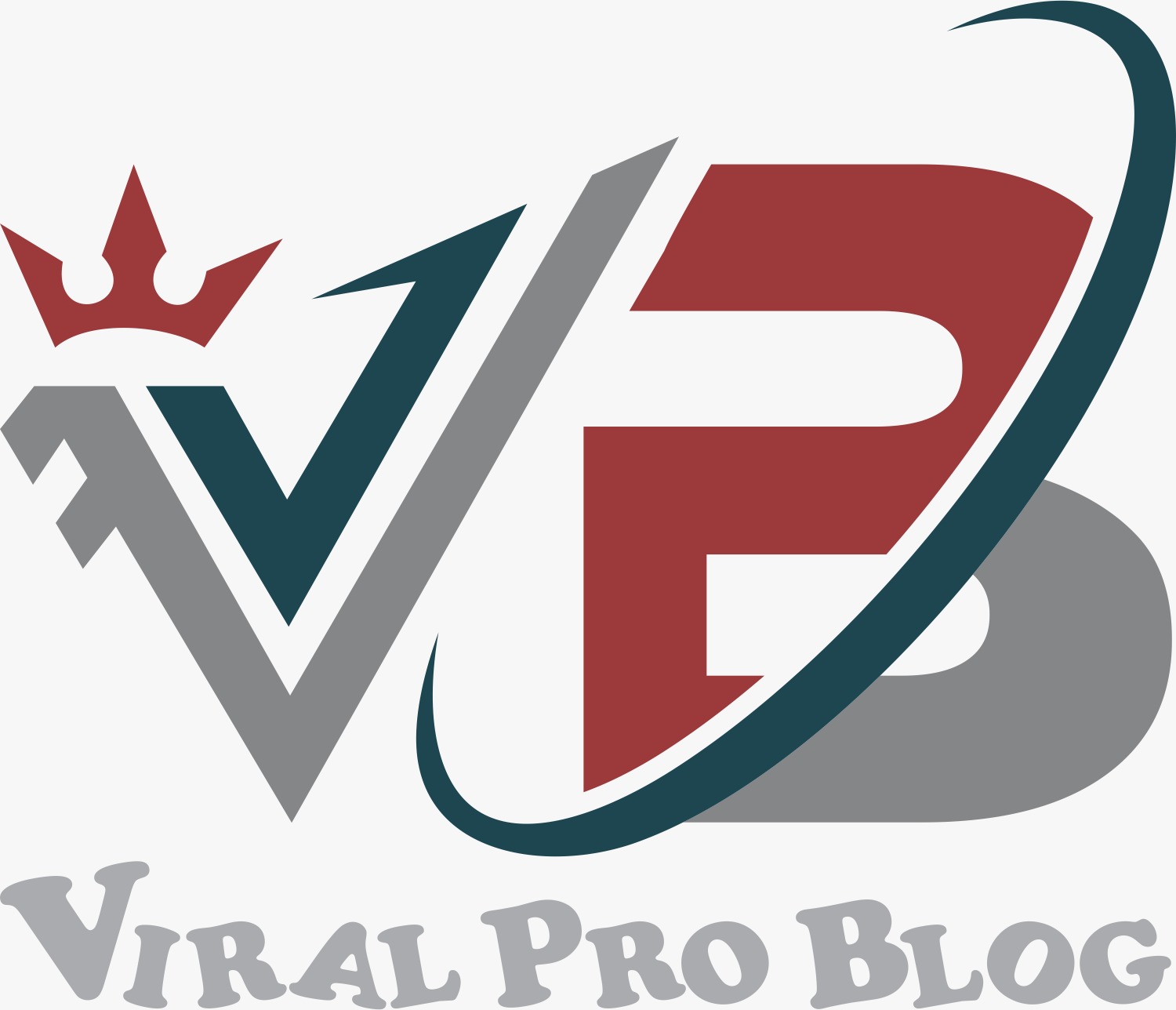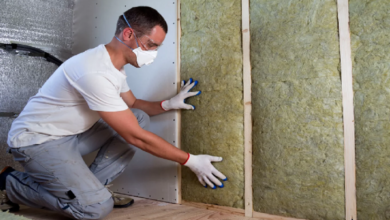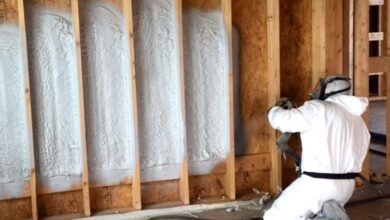How to Launch a Successful Home Textile Business in 2024

Between the dynamic commerce scene, the home textile sector stands resilient, offering a promising avenue for budding ventures. Crafting a prosperous home textile business in 2024 demands a deliberate fusion of inventive strategies, acute market understanding, and a relentless focus on clientele needs. The intersection of technological progress, evolving customer tastes, and sustainability imperatives craft a landscape brimming with hurdles to overcome and prospects to explore for newcomers venturing into this field.
T and A textiles fabrics supplier, renowned for their premium materials, serves as a prime example of excellence in this industry. Drawing inspiration from their commitment to quality sourcing, aspiring entrepreneurs can navigate this terrain by emphasising sustainable material procurement and innovation in product development. Understanding shifting consumer inclinations towards eco-consciousness and seamless technology integration. Empowers businesses to craft offerings aligning with modern preferences, paving the path to success in this thriving domain.
Determine Your Target Market:
Understanding your target market involves identifying the specific customer segment you aim to reach with your home textile products. By delving into their needs, preferences, and budget constraints, you can tailor your offerings to suit their demands effectively. Consider demographics, such as age, location, and lifestyle, to determine the type of textiles that resonate with them.
Moreover, assessing their spending habits and budgetary considerations will guide your pricing strategies, ensuring your products remain competitive and attractive within their purchasing capacity. This customer-focused approach enables you to craft textiles that meet their desires while aligning with their financial expectations, fostering a stronger connection with your audience.
Develop A Business Plan:
Crafting a business plan serves as a roadmap for your home textile business, outlining objectives and strategies for success. It encompasses a detailed analysis of your target market, elucidating their characteristics and demands. Describe your product offerings, emphasising their uniqueness and alignment with market needs. A comprehensive marketing strategy delineates how you’ll reach your audience, encompassing online presence, advertising, and customer engagement plans.
Additionally, a robust financial plan outlines budgeting, revenue projections, and expense management, ensuring a sustainable business model. This holistic approach not only sets clear goals but also provides a structured framework to navigate challenges and capitalise on opportunities in the home textile industry.
Choose A Product Line:
Selecting a product line involves determining the specific categories of textiles you intend to provide, be it bedding, towels, or home decor items. Assessing factors like market demand, profit potential, and your interests and expertise plays a crucial role in this decision-making process. Consider consumer preferences and market trends to gauge the demand for various textile categories.
Assess the profitability of each category based on production costs and potential returns. Equally important is aligning your choices with your skills and passions to ensure sustained dedication and quality in delivering these textile products to your customers. This thoughtful selection process helps in creating a focused and impactful product line within the home textile business.
Source Material And Manufacturers:
Conduct thorough research to identify reliable suppliers offering the necessary materials like fabric, thread, and other essential components required for producing your textiles. Evaluate various suppliers based on the quality of their materials, pricing, and their ability to meet your production demands consistently.
Moreover, if you lack the resources or expertise for in-house production, consider collaborating with manufacturers specialising in textile production. Partnering with manufacturers can streamline the production process. Ensuring quality while allowing you to focus on other aspects of your home textile business, such as marketing, branding, and customer engagement. This strategic sourcing and manufacturing approach lays the foundation for an efficient production cycle.
Marketing And Branding Strategy:
Devise a robust marketing blueprint entailing various strategies like online ads, collaborating with influencers, creating engaging content, and implementing SEO tactics. These efforts aim to boost visibility and engage your intended customer base effectively. Moreover, focus on cultivating a consistent and relatable brand image that strikes a chord with your audience. Craft compelling narratives around your brand, reflecting its values and uniqueness.
Utilise social media platforms to foster community engagement and leverage user-generated content to strengthen brand credibility. A cohesive marketing and branding strategy not only amplifies brand awareness but also fosters enduring connections with customers. Which is essential for sustained success in the competitive home textile market.
Customer Experience And Service:
Make exceptional customer service a focal point, ensuring a smooth and enjoyable purchasing journey. Streamline logistics and shipping operations to guarantee prompt and reliable deliveries. Additionally, facilitate hassle-free return policies to instil confidence and satisfaction in your customers. Actively solicit feedback from customers to gauge their experiences and preferences, utilising this valuable insight to make continual enhancements. Embracing a customer-centric approach not only cultivates loyalty but also establishes your brand as a trusted and preferred choice in the competitive landscape of home textiles. Striving for excellence in every interaction builds a strong foundation for long-term relationships with your clientele.
Launching a successful home textile business in 2024 requires a blend of innovation, market understanding, and customer-centric strategies. By conducting thorough research, establishing a strong online presence, offering unique products. Prioritising customer satisfaction, your venture can thrive in this competitive landscape. Stay adaptable, responsive to market shifts, and consistently deliver value to establish a lasting presence in the home textile industry.





